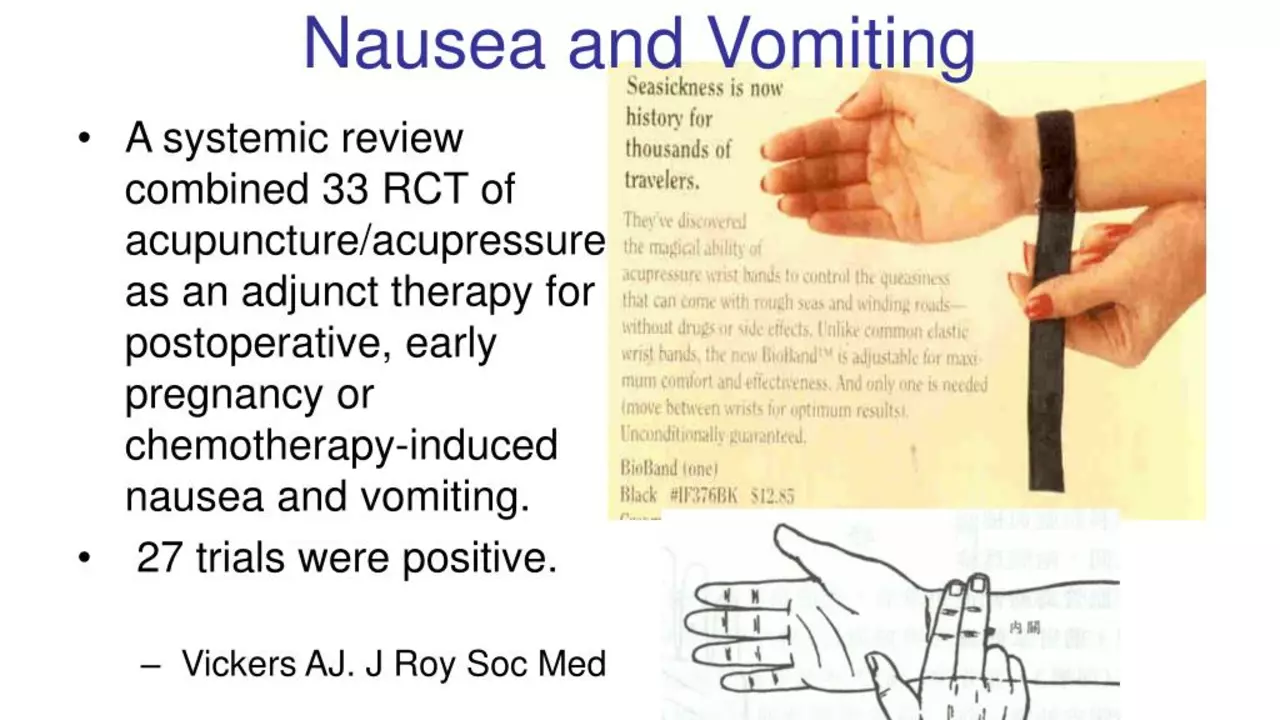Chemotherapy‑Induced Nausea: What You Need to Know
If you’re going through chemo, chances are you’ve felt that sudden wave of queasiness. It’s not just an inconvenience – it can mess with your appetite, sleep, and mood. The good news? There are clear reasons why it happens and simple steps you can take right now to feel better.
Why Nausea Happens During Chemo
Chemotherapy attacks fast‑growing cancer cells, but it also hits the healthy cells that line your stomach and trigger your brain’s vomiting center. Certain drugs are notorious for this side effect, especially those in the “high emetogenic” group like cisplatin or cyclophosphamide. Your body releases chemicals called neurotransmitters (serotonin is a big one) that tell the brain you’re about to vomit, even if there’s nothing in your stomach.
Timing matters too. Some people get nausea right after the infusion, while others feel it a few hours later or even the next day – what doctors call “delayed” nausea. Knowing when you’re most vulnerable helps you plan meals and medication around those windows.
Practical Ways to Beat the Queasy Feeling
First off, talk to your oncologist about anti‑emetic meds. Drugs like ondansetron or aprepitant are designed to block the nausea signals before they reach your brain. Take them exactly as prescribed – often a dose an hour before chemo makes a big difference.
Eat small, bland meals throughout the day instead of three big ones. Crackers, plain rice, bananas, and applesauce are easy on the stomach. Keep foods cool or at room temperature; hot dishes can smell stronger and trigger nausea.
Hydration is another secret weapon. Sip water, ginger tea, or electrolyte drinks in little bursts. Avoid fizzy drinks and anything too sweet – they can make your stomach feel fuller faster.
Ginger works for many people. Try a teaspoon of fresh grated ginger in hot water, a few slices of candied ginger, or ginger chews. If you prefer pills, a low‑dose ginger supplement is an option, but check with your doctor first.
Mind‑body tricks help too. Deep breathing, guided imagery, or listening to calming music while you’re getting the infusion can distract the brain from nausea signals. Even a short walk outside after treatment – if you feel up to it – can settle the stomach.
If you notice certain smells or foods set off the queasy feeling, steer clear of them during your chemo cycle. Keep a diary for a week: note what you ate, when you felt nausea, and which meds you took. Patterns will pop out quickly, letting you tweak your routine.
Finally, don’t ignore emotional stress. Anxiety can amplify nausea. Talk to a counselor, join a support group, or just vent to a friend who gets it. Sharing how you feel often reduces the intensity of the physical symptoms.
Chemo‑induced nausea isn’t something you have to endure in silence. With the right meds, smart eating habits, hydration tricks, and a few calming techniques, you can keep the queasy feeling under control and stay focused on beating cancer.

The role of promethazine in managing chemotherapy-induced nausea and vomiting
In my recent exploration of medical advancements, I've come to understand the crucial role that Promethazine plays in managing nausea and vomiting, often induced by chemotherapy. It works as an antihistamine, effectively blocking the actions of chemicals in the body that trigger these discomforting reactions. For those undergoing chemotherapy, this can be a game-changer, significantly improving their quality of life during treatment. It's fascinating to see how such a medicine can provide substantial relief in these challenging circumstances. The link between Promethazine and chemotherapy-induced nausea management is indeed a prime example of how far we've come in oncology care.